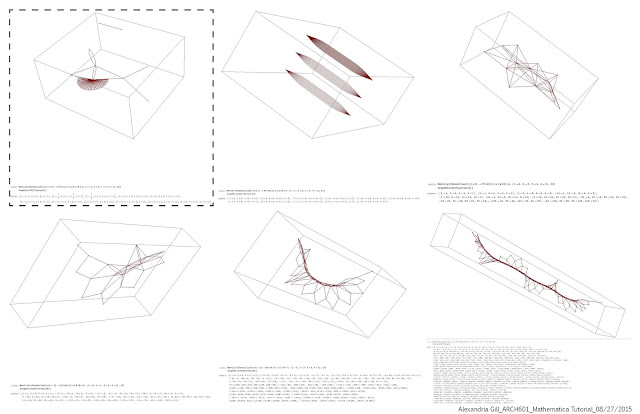From this tutorial, I learned how manipulating different parts of the algorithm would produce a variety of results. I tried multiple types of numbers, from using negative numbers to fractions to pi/cosx/sinx, to see what graphs I would get. I noticed that manipulating the last number in the sequence controls how many points there are in the graph. Therefore, if I wanted a larger graph, I could increase this number. Negatives, fractions, and cosx/sinx/pi did not work here. If I changed the first number to be higher than 2, it would flatten the graph. However, if it was lower than negative 2, it did not have the same effect. By changing the second number, I had similar effects to what happened when I changed the first number. However, I am still unsure of what the second number could do. Finally, the sequence of numbers changed the direction the graph would go in. If I kept these in a sequence, the graph would flow together. If I made the sequence jump to random numbers, then the graph would reflect that and sometimes break into two separate elements.








No comments:
Post a Comment
Note: Only a member of this blog may post a comment.